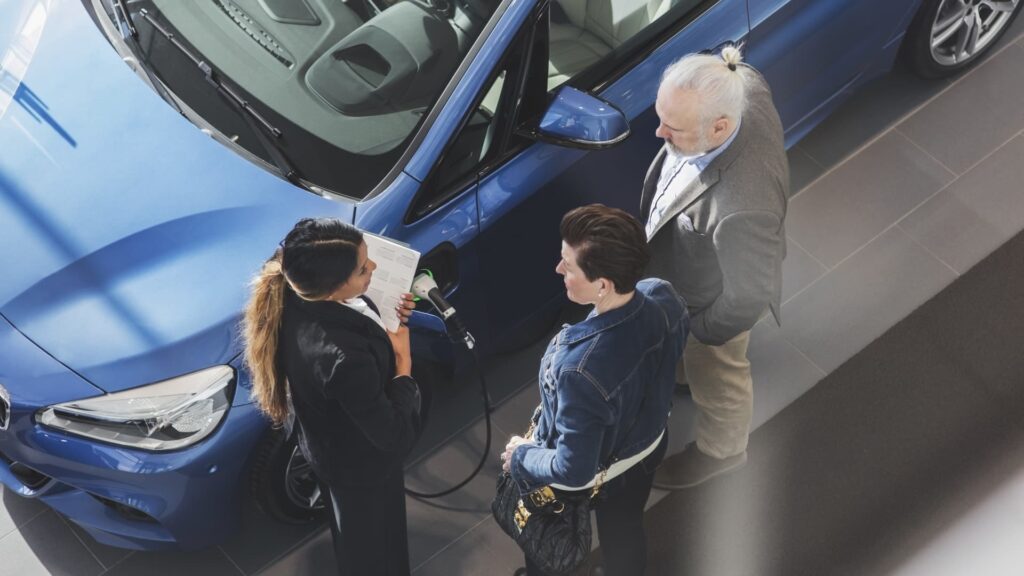Maskot | Maskot | Getty Images
The bulk of Americans buying qualifying new electric vehicles are opting to receive an associated tax credit upfront from the car dealer instead of waiting until tax season, according to new Treasury Department data.
About 90% of consumers who qualify for a “new clean vehicle” tax credit — worth up to $7,500 — have requested their tax break be issued as an advance payment, according to a Treasury Department official speaking on background.
“It means that it’s popular,” Ingrid Malmgren, policy director at nonprofit EV advocacy group Plug In America, said of the data.
Advance payments are a new, optional financial mechanism created by the Inflation Reduction Act, which President Biden signed in 2022.
They allow dealers to give an upfront discount to qualifying buyers, delivered as a partial EV payment, down payment or cash payment to consumers. The IRS then reimburses the dealer.
Not everyone will necessarily qualify for the full $7,500, depending on factors like the type of car that’s purchased.
The advance-payment provision kicked in Jan. 1.
Previously, all EV buyers had to wait until tax season the year following their purchase to claim tax credits related to that purchase, meaning they may wait several months or longer for their tax break.
Additionally, because the clean vehicle credit is nonrefundable, households with low annual tax burdens may not be able to claim the tax break’s full value on their tax returns. That’s not the case with advance payments: Eligible buyers get their full value regardless of tax liability.
Advance payments are also available for purchases of used EVs. The so-called “previously owned clean vehicle” credit is worth up to $4,000.
The advance payments can help with affordability, Malmgren said. For example, the upfront cash means households may not need to source funds from elsewhere to cover a down payment, she said. It can also reduce the cost of monthly car payments and overall interest charges, she…
Read the full article here





